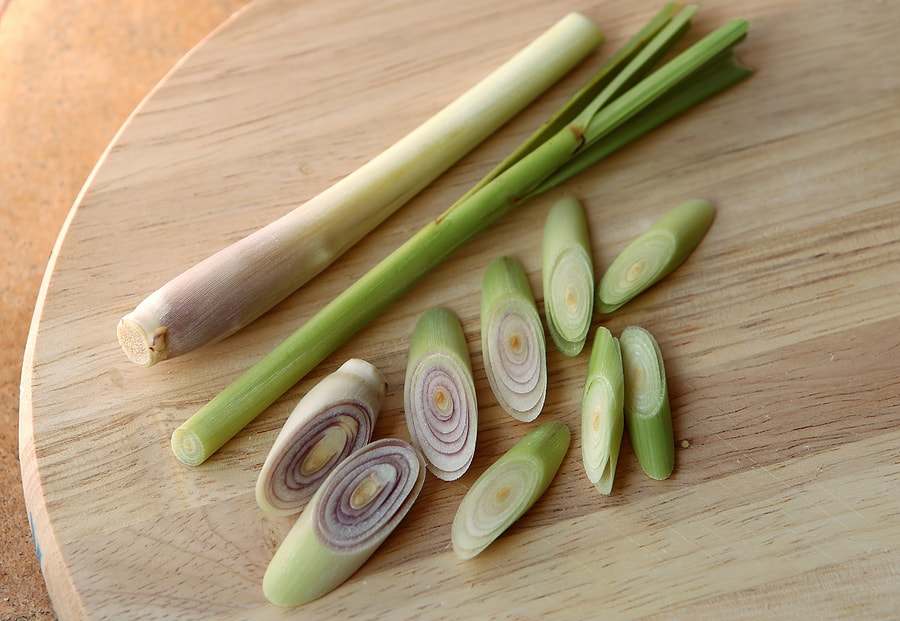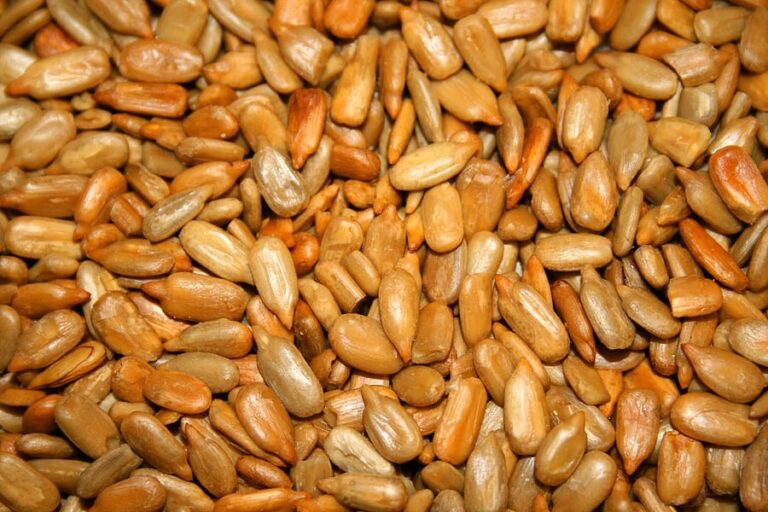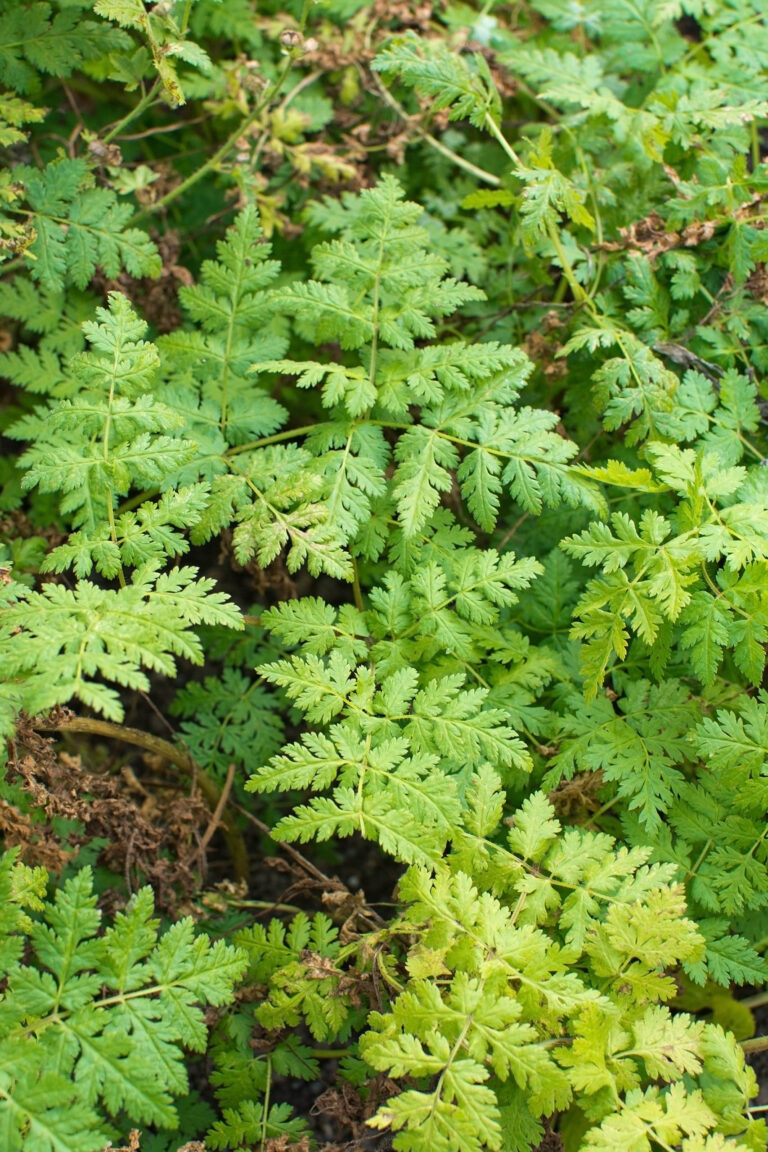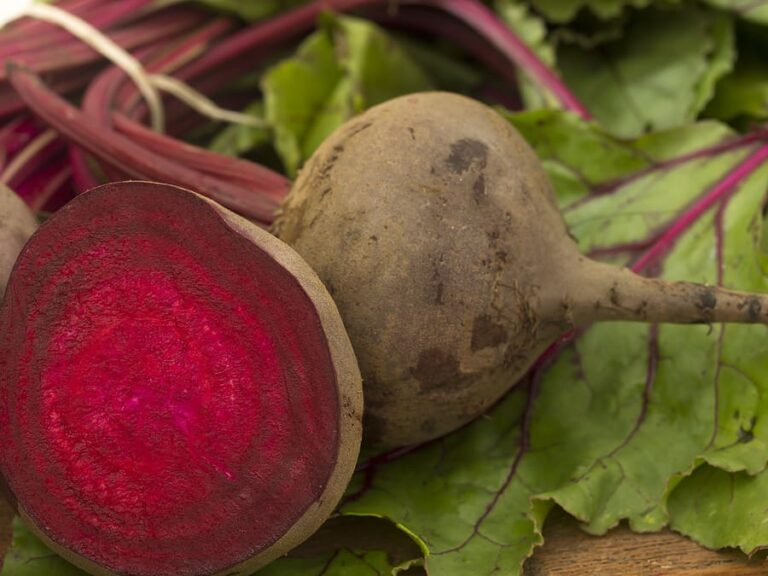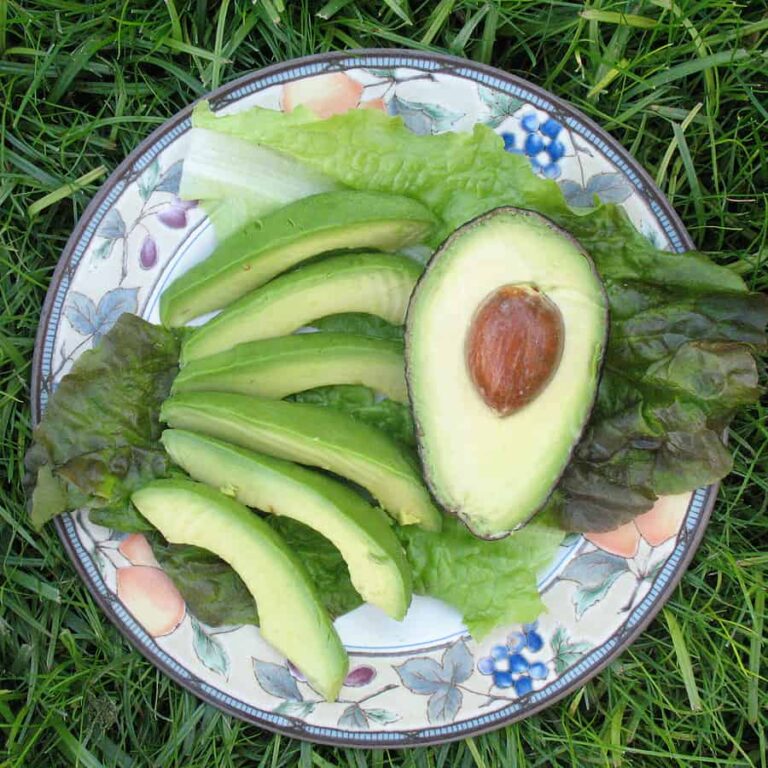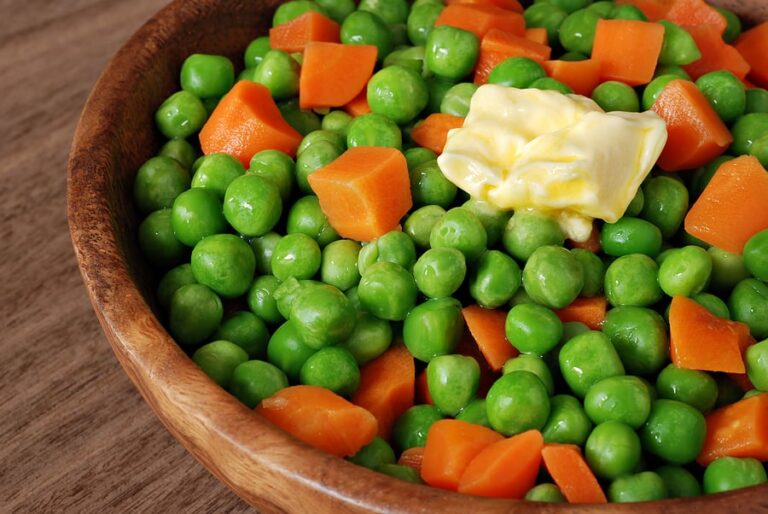How to Prepare and Serve Lemongrass
The stalks of lemongrass are commonly used in the kitchen. Lemongrass is a subtropical plant. Lemongrass is flavorful fresh rather than dry. It is popular in Southeast Asian cookery. It can be used to season soups, vegetables, curries, poultry, shellfish, fish, and marinades. Use lemongrass to make herbal teas.
Lemongrass is a member of the grass family that grows to nearly 3 feet (80 cm) tall. The stalks are yellowish-gray-green and look a bit like beach grass. The lower 8 inches of the stalks resemble a miniature leek, a tightly packed, cream-colored bulb.
The top part of the lemongrass–coarse, broad, and sometimes sharply edged leaves–are most often trimmed away and discarded since they are inedible.
How to choose lemongrass
- Select lemongrass stems that are full, green, and not wilted or bruised. The bulb ends should be firm.
- Trim away the leaves and keep the bottom 6 to 12 or so inches.
How to store lemongrass
- Lemongrass will keep in the refrigerator, wrapped in foil or plastic for 2 weeks.
- If you plan to use the stems soon, you can stand them upright in a glass of water.
- Sliced lemongrass can be kept in a plastic bag in the freezer.
How to prepare lemongrass
- Use only the tender part of the lower bulb portion of lemongrass.
- Peel the tough leaves or layers away to get to the tender part of the inner core. This part can be finely sliced crosswise like scallion and added raw to salads or soups.
- The outer layer and upper portion of the stems are stringy and not edible, but can be used to flavor stocks, sauces, soups, stews, fish, poultry, and herbal tea; discard after use.
- Pound the leaves just before cooking to release the volatile oils.
How to serve lemongrass
- Only the tender part of the bottom third–a tightly packed bulb–of the lemongrass is edible. This part can be sliced or pounded after the tough outer leaves or layers are removed. Once the fibrous inner stem is finely, finely sliced, you can add it raw to salads. Bruised or pounded any part of the stem can be added to the cooking pan to release its fragrance.
- For a distinct lemony flavor and fragrance, place two lemongrass stalks inside the cavity or underneath a fish or chicken and steam. To make the flavor and fragrance more potent, bruise or pound the stems with a pestle before steaming.
- Lemongrass has the floral aroma of lemon and lime peel and fresh-cut grass. One stalk will impart a rich aroma to a quart of stock.
- For a healthful tisane or herbal tea, bruise the top of two lemongrass stalks, combine with a quart of water, bring to a simmer, remove from heat, and cover for 15 minutes before straining and reheating or chilling and serving.
- For a lemongrass seasoning paste for marinating fish, chicken, or pork: cut a lemongrass bulb and stem into 1-inch pieces and combine with a piece of fresh ginger peeled and cut up, 3 medium garlic cloves sliced, 2 medium shallots sliced, 1 or 2 medium chili peppers seeded and diced (choose pepper varieties according to your tolerance and taste), 3 tablespoons coarsely chopped cilantro stems, and salt to taste, combine these and chop fine in a processor or blender, add 2 tablespoons of corn oil and purée. Pour into a container and seal with 3 additional tablespoons of corn oil, cover, and refrigerate.

Lemongrass flavor partners
- Match lemongrass with ginger, chile, coconut, garlic, shallots, and green peppers.
Lemongrass nutrition
- Lemongrass contains geraniol and citral which give it its lemony flavor and fragrance.
About lemongrass
- Lemongrass is a perennial herb.
- Lemongrass is native to Southeast Asia, probably Malaysia but can be grown wherever the climate remains moderately warm year-round.
- A stalk of freshly cut lemongrass will root in water and grow in a sunny garden location with regular water.
- Lemongrass is sometimes called “fever grass”, so named for its use in treating malaria in western Africa and Southeast Asia.
- The botanical name Cymbopogon citrates.
Related articles of interest:
Related articles:
Planning the Home Fruit Garden
Garden Planning Books at Amazon:
- Vegetable Garden Almanac & Planner
- Kitchen Garden Grower’s Guide Vegetable Encyclopedia
- Vegetable Garden Grower’s Guide
- Tomato Grower’s Answer Book
More kitchen tips:
Bring your harvest to the table. Kitchen prep tips and easy recipes for the vegetables you grow. Click below for vegetable prep and recipes you can use now.
- Almonds
- Apples
- Apricot
- Aprium
- Artichoke
- Arugula
- Asparagus
- Avocado
- Bamboo Shoots
- Banana
- Basil
- Beans, Dried
- Beans. Long
- Beans, Shell
- Beans, Snap
- Beets
- Bitter Melon
- Blackberry
- Bok Choy
- Broccoli
- Broccoli Raab
- Brussels Sprouts
- Cabbage
- Cardoon
- Carrots
- Cauliflower
- Celeriac
- Celery
- Chard
- Chayote Squash
- Cherimoya
- Cherries
- Chestnut
- Chickpea
- Chinese Cabbage
- Chives
- Cilantro
- Citron
- Clementine
- Collards
- Coriander
- Corn, Sweet
- Corn, Baby
- Corn Salad, Mache
- Cranberry
- Cress
- Cucumber
- Daikon
- Dandelion
- Dill
- Eggplant
- Endive, Belgian
- Endive and Escarole
- Fava Beans
- Fig
- Florence Fennel
- Garlic
- Ginger
- Grapefruit
- Grapes
- Guava
- Horseradish
- Jerusalem Artichoke
- Jicama
- Jujube
- Kale
- Kiwifruit
- Kohlrabi
- Kumquat
- Leeks
- Lemongrass
- Lemons
- Lettuce
- Lime
- Mache (Corn Salad)
- Mandarin Orange
- Mango
- Maple Syrup
- Marjoram
- Melons
- Michihili
- Mint
- Mizuna
- Mushrooms
- Mushrooms, Cremini
- Mustard Greens
- Napa Cabbage
- Nectarine
- Okra
- Olives
- Olive oil
- Onions
- Oranges
- Oregano
- Parsley
- Parsley Root
- Parsnips
- Passion Fruit
- Pawpaw
- Peaches
- Pears
- Peas, Garden Snap
- Peas, Snow
- Pei Tsai
- Peppers, Chili
- Peppers, Sweet
- Persimmon
- Pineapple
- Pineapple Guava
- Plantain
- Plums
- Pluots
- Pomegranate
- Potatoes
- Prickly Pear
- Pumpkin
- Quince
- Radicchio
- Radishes
- Raspberries
- Rosemary
- Rhubarb
- Rutabaga
- Sage
- Salsify
- Sauerkraut
- Savory
- Shallots
- Sorrel
- Spinach
- Squash, Summer
- Squash, Winter
- Strawberries
- Sunchokes
- Sunflower
- Sweet Potato
- Swiss Chard
- Tangerine
- Taro
- Tarragon
- Thyme
- Tomatillo
- Tomato
- Turnip
- Turnip Greens
- Yams

